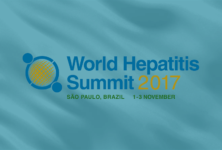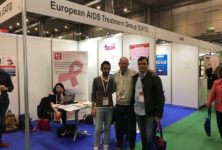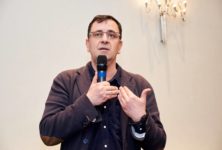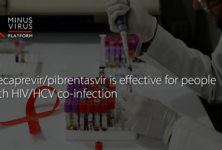Tuberculosis, the world’s leading infectious killer, may have finally met its match. Two new drug therapies may be able to cure all forms of tuberculosis – even the ones most difficult to treat.
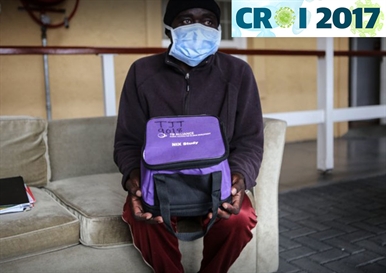 “We will have something to offer every single patient,” says Mel Spigelman, president of the TB Alliance, the organisation coordinating trials of the two treatments. “We are on the brink of turning TB around.”
“We will have something to offer every single patient,” says Mel Spigelman, president of the TB Alliance, the organisation coordinating trials of the two treatments. “We are on the brink of turning TB around.”
It presently takes six months of drug treatment to cure ordinary TB, and two years to cure people whose infections are resistant to drugs. People may need to take up to 20 tablets a day, plus injections.
Together, the new treatments, called BPaMZ and BPaL, could make treating TB much simpler and more effective.
BPaMZ involves taking four drugs once a day. Trials carried out in 240 people across 10 countries in Africa suggest that it cures almost all cases of ordinary TB in four months, and most people with drug-resistant TB in about six months. In the majority of cases, the TB bacterium had disappeared from sputum within two months.
“The alliance has never before seen such rapid action against TB bacteria,” says Spigelman.
Meanwhile, BPaL, a therapy that involves taking three drugs once a day, has so far cured 40 of 69 patients with “extremely drug-resistant TB” – the most difficult form to treat. What’s more, it achieved this within six months. The 29 remaining participants in this trial are still to be assessed.
The TB Alliance says that BPaMZ has the potential to treat 99 per cent of people who catch TB each year, while BPaL could treat the remainder.
Researchers presented results from both sets of trials at the Conference on Retroviruses and Opportunistic Infections in Seattle this week.
Caution needed
The arrival of new drugs is long-awaited, says Spigelman, because the existing treatment for TB is now 50 years old. According to the latest figures from the World Health Organization, there were 10.4 million new cases of TB in 2015, but only 20 per cent of those with resistant TB were treated, and of those only half were cured.
Once mass produced, BPaMZ could cost just a tenth of the $3000 it now costs to treat drug-resistant TB.
Spigelman cautions, however, that larger trials are needed to confirm the effectiveness of both therapies and for them to be approved for global use. At best, this would take at least three years for BPaMZ, he says, although the therapy for extremely drug-resistant TB may be available sooner.
“The results are exciting and encouraging, but we must be cautious saying we can treat everyone with these regimes,” says David Moore at the London School of Hygiene and Tropical Medicine. “These are only preliminary data, so there’s a danger of jumping the gun.”
By Andy Coghlan


 ПОИСК ПО САЙТУ
ПОИСК ПО САЙТУ  поиск по ресурсному центру
поиск по ресурсному центру 
